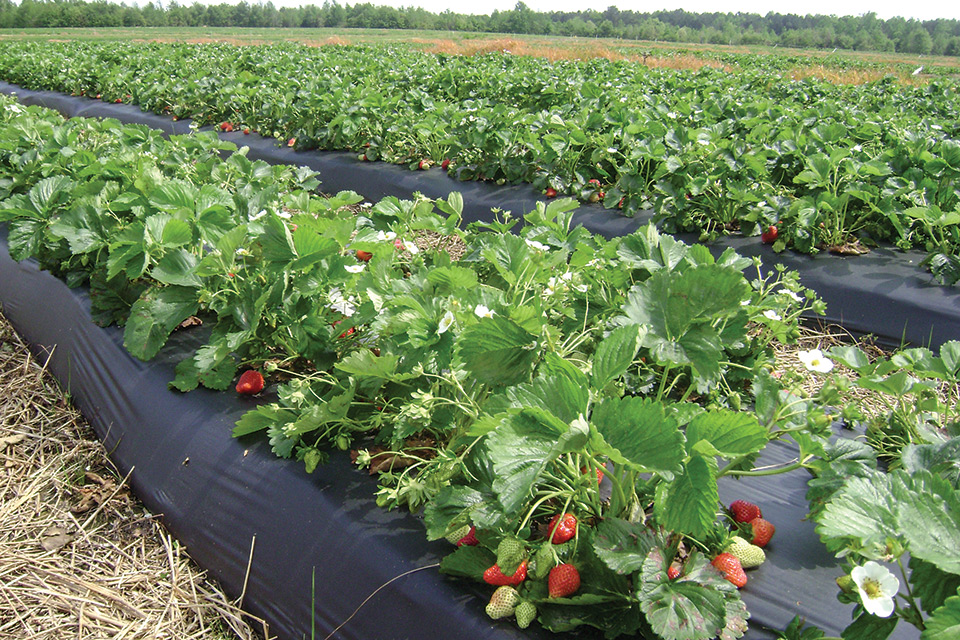Crop Protection Products: Back To Basics on Biologicals

Understanding the basics of how biological products work and their proper application and timing are key to successful integration into crop production programs.
Biological-based products have come to market in force in recent years. To achieve success, growers need to understand how these materials fit in overall production programs and their proper application.
We asked leading manufacturers to weigh in on the basics of how these products work. Here’s what a few had to say:
“While biologicals have evolved over the years with greater shelf life, stability, and formulations, which contribute to consistent efficacy, it is still essential to note that many of these bio-based products are living organisms and are more sensitive to environmental extremes compared to conventional chemistries. This makes storage and timely applications an important consideration. In addition, application timing must be considered for optimal performance as most biologicals are best applied as preventatives.”
Mike Allan | Vice-President North America | Certis USA
“When applying biological inoculants, make sure there is food in the soil for them to thrive. At the same time, reduce nitrogen inputs and apply less of minerals that are present but locked up in the soil. You can make these nutrients available through the action of soil microbes. Focus on nutrient availability of what’s already present in the soil. Use plant sap analysis to learn what imbalances the plant is experiencing and address the excesses and deficiencies (usually through foliar applications). Work with a crop consultant who understands these principles to maximize the efficacy of soil microbes.”
Warren Shoemaker | Marketing Director | Creative AG Products
“One of the most important practices in crop protection is following the recommended label use instructions. It is critical that anyone using a crop protection product reads the label and uses the recommended rate and timing for safety and efficacy.
“Another important tip is that most biologicals work best as a preventive treatment vs. curative treatment. Our product, Jet-Ag, is an exception. The product can treat growing crops to kill or control the growth of disease organisms on plants. It also can be used to treat soil prior to planting and prior to inoculation with beneficial microorganisms. Excellent scouting practices are critical in a successful biological crop management program so disease and insects can be detected and treated early.
“The third tip we would recommend is the importance of rotating products and using multiple modes of active ingredients. This reduces the concern for resistance. Many PCAs (pest control advisors) and growers are seeing the unfortunate ramifications of product overuse in the industry. Both conventional and biological products that have been heavily used are becoming less effective at treating problematic pests. Adding another mode of action from biological products can help a grower manage resistance and increase their return on investment.”
Kevin Hammill | Chief Commercial Officer | Marrone Bio Innovations
“Mixing incompatible chemistries is a problem. For microbials, this can kill the active ingredient. Also, applying late after pressure has hit high levels is a problem. While these products usually work well, they can be overwhelmed by advanced stages of disease or infestation. It is important to time the first application with any available modeling programs that may be available to be out in front of crop problems. And lastly, multiple applications of microbials are advised as opposed to one application at the highest rate.”
Margaret Lewis | Sales and Marketing Specialist | Westbridge Agricultural Products










